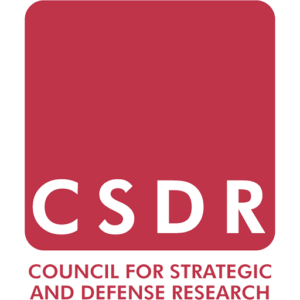Blind Spot
The Blindspot offers a unique lens on international affairs and foreign policy. As its name suggests, it illuminates overlooked perspectives and under-explored issues in global discourse.
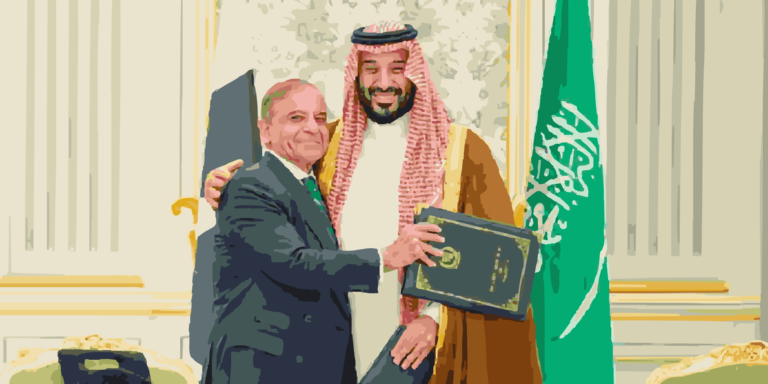
The Pakistan-Saudi Strategic Mutual Defense Agreement: New Delhi’s Calculus
Find out More >

The $100,000 Question: What the H-1B Visa fee hike means for India
Find out More >

Bangladesh Student Union Elections: The Jamaat-E-Islami’s New Leverage
Find out More >

Building at the Edge: The Great Nicobar Project Debate
Find out More >
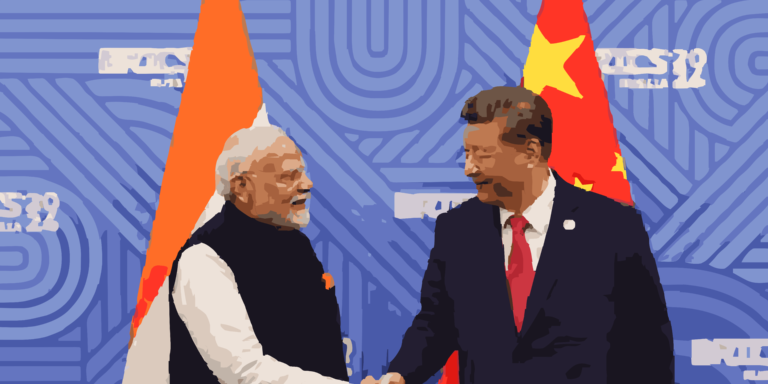
India at SCO: Optics Without Anchors
Find out More >

Reforming Command: The Politics and Practice of Theaterisation
Find out More >
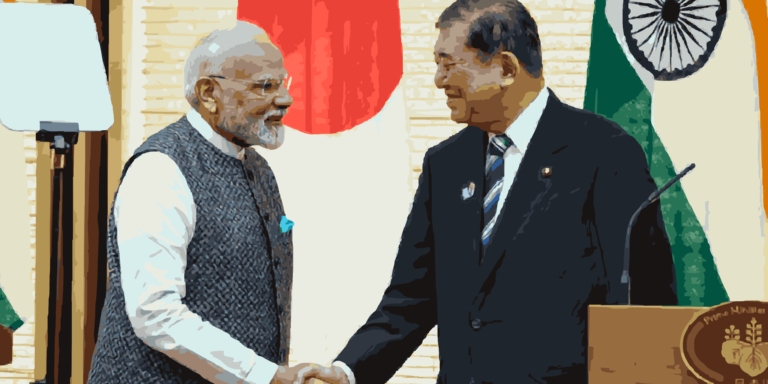
PM Modi in Japan: Symbolism and Substance amid Renewed Strategic Convergence
Find out More >
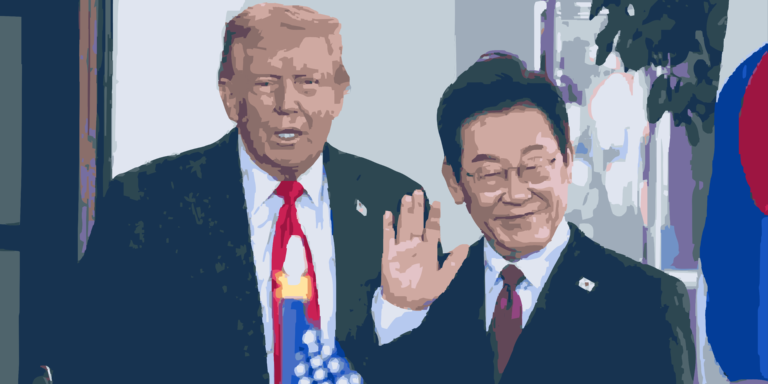
Trump-Lee Summit: Balancing Trade Deals, Defense Costs, and Trump’s Peace Diplomacy
Find out More >

India–South Korea Partnership on SMRs: Tapping into Strategic Potential for Clean Energy
Find out More >

Beyond Nayara: The EU Sanctions as a Challenge to India’s Energy Trade
Find out More >

This India-China tactical rapprochement is both familiar and unprecedented
Find out More >

Fixing ASEAN-India Trade in Goods Agreement (AITIGA): A litmus test for India-ASEAN relations
Find out More >

Funding Innovation: Assessing India’s New RDI Scheme
Find out More >

CSL-KSOE Shipbuilding Alliance: A Turning Point for India-South Korea Cooperation
Find out More >

Downsizing the U.S. troop presence in South Korea: A Turning Point in North East Asian Security?
Find out More >

MDL’s Acquistion of Colombo Dockyard amid Transitioning India-Sri Lanka Ties
Find out More >

The Dalai Lama Succession Question: New Statements and Old Dilemmas
Find out More >

Strengthening India’s Defense Ecosystem: How Policy Reforms Can Unlock Manufacturing Potential
Find out More >

Party Before Principle: How South Korea’s Political Culture Threatens Democracy
Find out More >

India-EU: Forging a Security Compact in a Turbulent World
Find out More >

A New Draft for the Space Activities Bill: Amidst A Sea-Change in India’s Space Sector
Find out More >
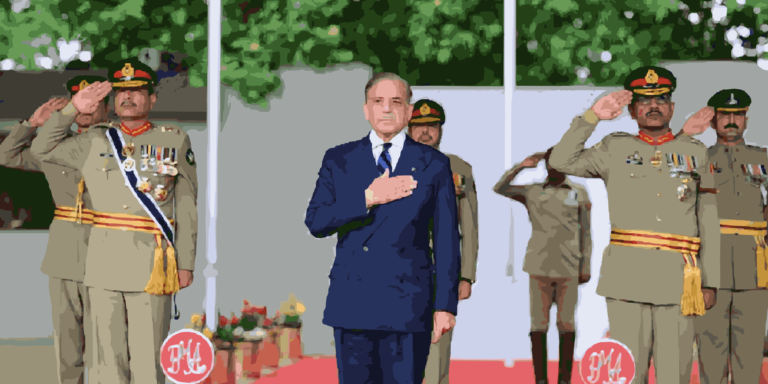
Beyond the Battlefield: Pakistan’s Strategic Reckoning in the Wake of Operation Sindoor
Find out More >

The Hotline That Prevented War: India-Pakistan Crisis Management Through Military Diplomacy
Find out More >

Will India’s ‘Integrated Deterrence’ Stem Cross-Border Terror?
Find out More >
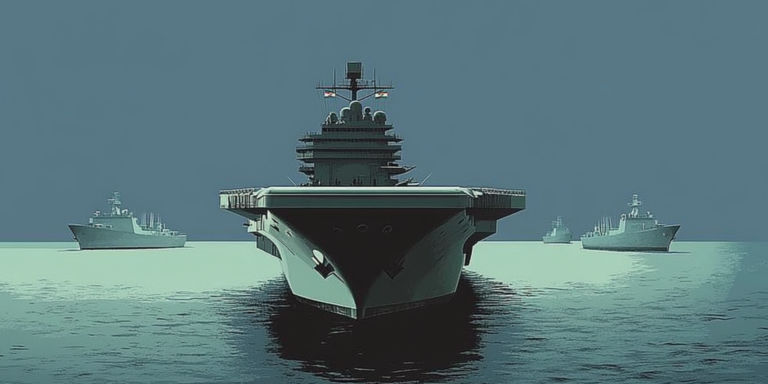
The Indian Navy’s Role and Impact in Operation Sindoor: Historical Precedents and Future Imperatives
Find out More >

Op Sindoor: Conventional Operations Under the Nuclear Shadow
Find out More >

Countermeasures and Restraint: India’s conduct in Op Sindoor is a rare victory for international law
Find out More >

Partners or Spectators? America’s Role in India’s Security Calculations Post-Op Sindoor
Find out More >

Water as Leverage: India’s IWT Suspension is here to stay
Find out More >

A Fragile Pause: Caught Between Nuclear Signaling, Off-Ramps, and Escalation Traps
Find out More >

Blind Spots and Silver Linings: Past and Prologue of Op. Sindoor
Find out More >

Acts of Terror are Acts of War: What It means, Does not mean, and One Question
Find out More >
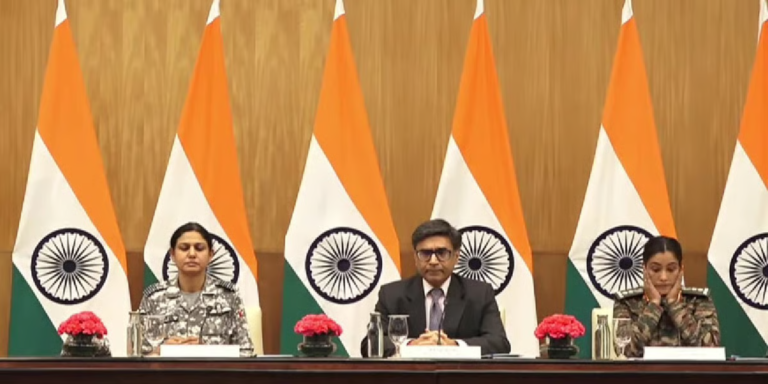
‘Deterrence By Exhaustion’: Nine Elements Of India’s Emerging Strategy Against Terrorism
Find out More >
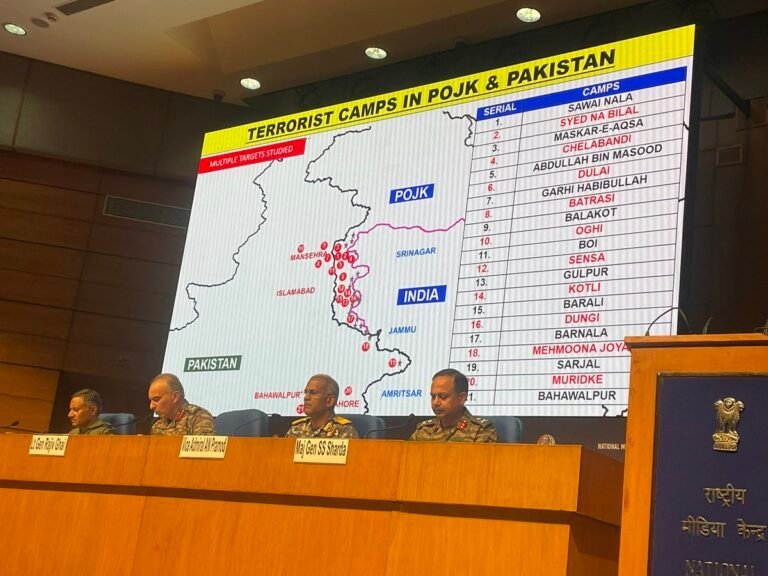
Twelve Arguments To Make Sense Of ‘Operation Sindoor’
Find out More >

Starlink’s Path to India Through Telecom Giant Partnerships
Find out More >

India-South Korea Relations after Yoon’s Impeachment
Find out More >

India’s Energy Crossroads: Balancing Domestic Reforms with Global Alliances
Find out More >

India-Japan Cooperation in Africa: A New Era of Economic Engagement
Find out More >

Von Der Leyen Visit: “Strategic Priority” enters EU-India Ties
Find out More >

Troubled Waters: India-Bangladesh Relations in a Post-Hasina Era
Find out More >

Recalibrating Priorities: Modi’s First Summit with Trump 2.0
Find out More >
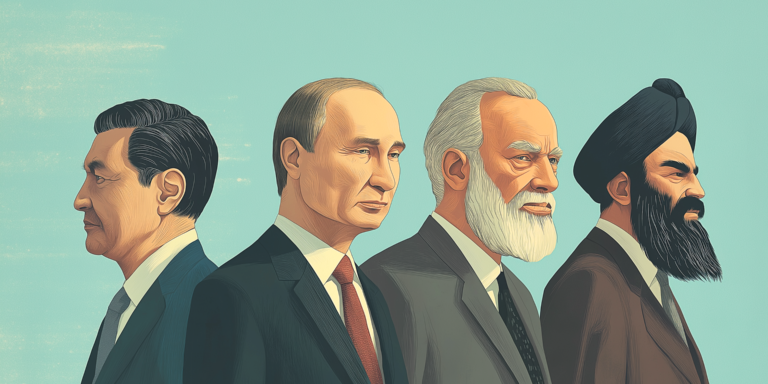
Delhi’s Taliban Pivot: Russia Courts India as Regional Power Dynamics Shift
Find out More >

India’s Critical Minerals Push: New Mission to Counter China Dependence
Find out More >
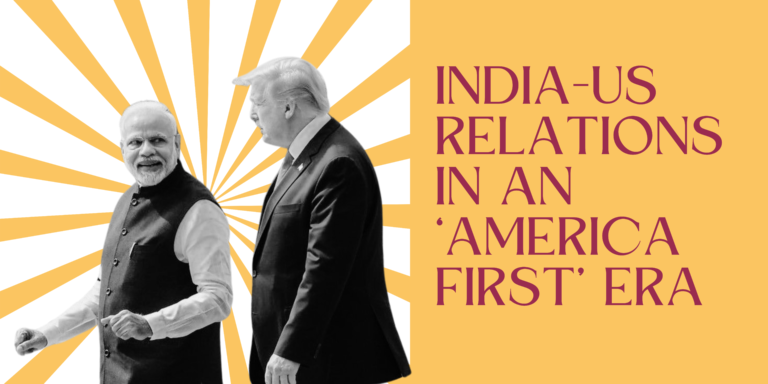
The Trump Effect: Navigating U.S.-India Relations in an ‘America First’ Era
Find out More >

China’s New Brahmaputra Dam: Fresh Worries for India Amidst Rapprochement
Find out More >

Shipbuilding and Repair: Actualizing the Potential of India-ROK Strategic Cooperation
Find out More >

India readjusts as Assad’s rule in Damascus ends
Find out More >

Turkey’s Expanding Strategic Space in the Indian Ocean Region
Find out More >

A Steady Gait in India’s Semiconductor Mission
Find out More >

INS Arighaat: India’s second SSBN is cause for both celebration and debate
Find out More >

Rajnath in Washington, Modi in Kyiv: The Strategic and Tactical in India’s Foreign Policy
Find out More >

A New Social Contract in Bangladesh: Key Actors
Find out More >

India-Bangladesh after Hasina
Find out More >

Friend-Turned-Enemy’s Enemy: Pakistan-Tajikistan Cooperation Against the Taliban
Find out More >

Navigating Complex Tides: India-Sri Lanka Cooperation Amid Strategic Autonomy(ies)
Find out More >

Indian Airforce’s shrinking squadrons: Shortfall and rationalization amid the China challenge
Find out More >

India’s Maiden Critical Mineral Blocks Auction Results: A Setback
Find out More >
We believe that understanding why things change in this world determines our ability to predict when they will change. Our focus is on geopolitical shifts worldwide, with a keen eye on Southern Asia.
